Bird feeder alternatives – wildlife experts reveal creative and safe ways to feed birds during the avian flu outbreak
With rising cases of bird flu across North America, some states are recommending taking traditional bird feeders down
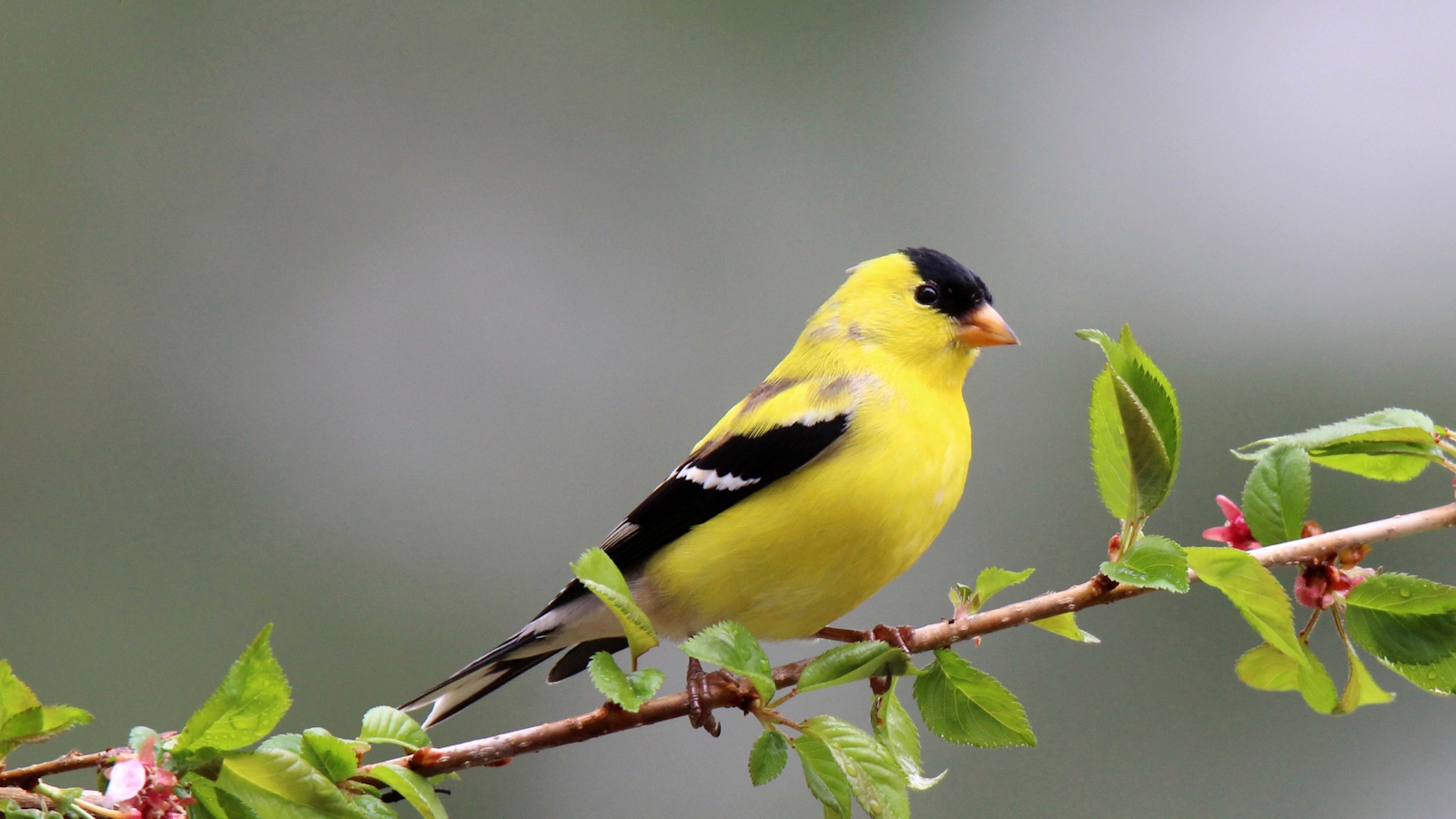
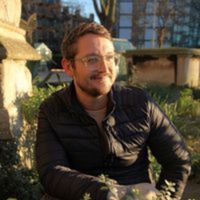
With the ongoing avian flu outbreak posing serious risks to bird populations, gardeners are being urged to reassess how they feed wildlife. While bird feeders have long been a reliable way to support wildlife, they invite birds to gather and congregate and thus can become breeding grounds for the virus to spread.
To slow the transmission of the virus, some wildlife agencies, including the Texas Parks and Wildlife Department, have recommended removing traditional bird feeders and bird baths. While this might seem cruel, reducing interactions of birds in your yard can be necessary and indeed, prevent infection. There are, however, many methods that can keep birds well-fed while reducing the risk of transmission.
So, if you are exploring wildlife garden ideas and are looking for bird feeder alternatives, we have all the information you need to know. Here, birding experts from across North America reveal creative solutions to feed birds while also keeping them safe.
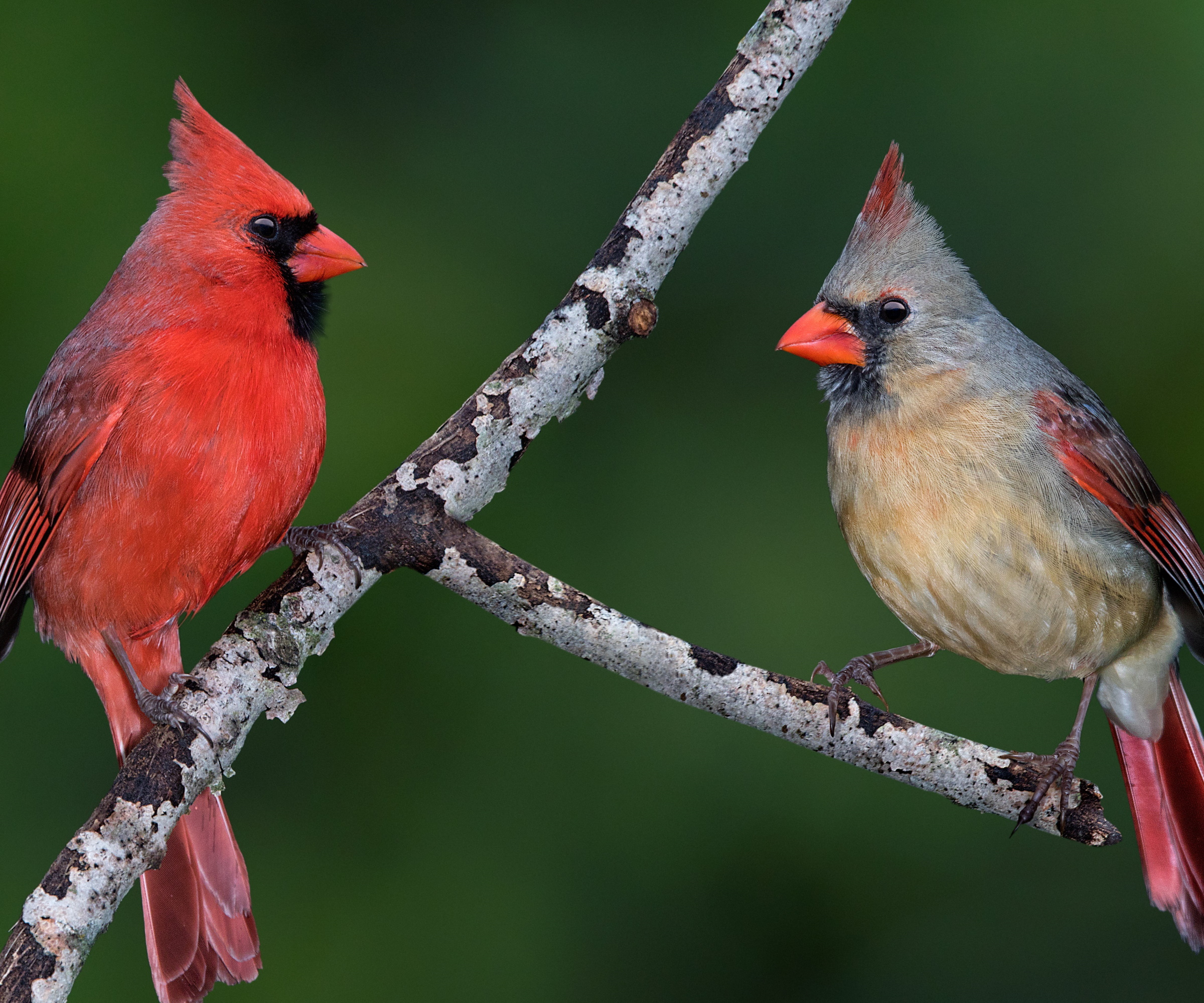
Bird feeder alternatives
In light of the avian flu outbreak, many gardeners have been asking: should I take my bird feeder down? 'The answer to this depends on where you live,' says Reese Robbins, garden expert and creator of Just Pure Gardening. 'Bird feeders can become a hotbed for infection and bacteria, but you should always follow the advice of your local government office. However, traditional bird tables or flat tray feeders can invite birds to gather, and at a time when bird flu is on the rise, this is not the best approach.'
So, if you are worried about infected bird feeders, here are three alternative solutions to keep birds nourished and safe in your yard this year, as recommended by wildlife experts.
1. Fill your borders with nectar and berries
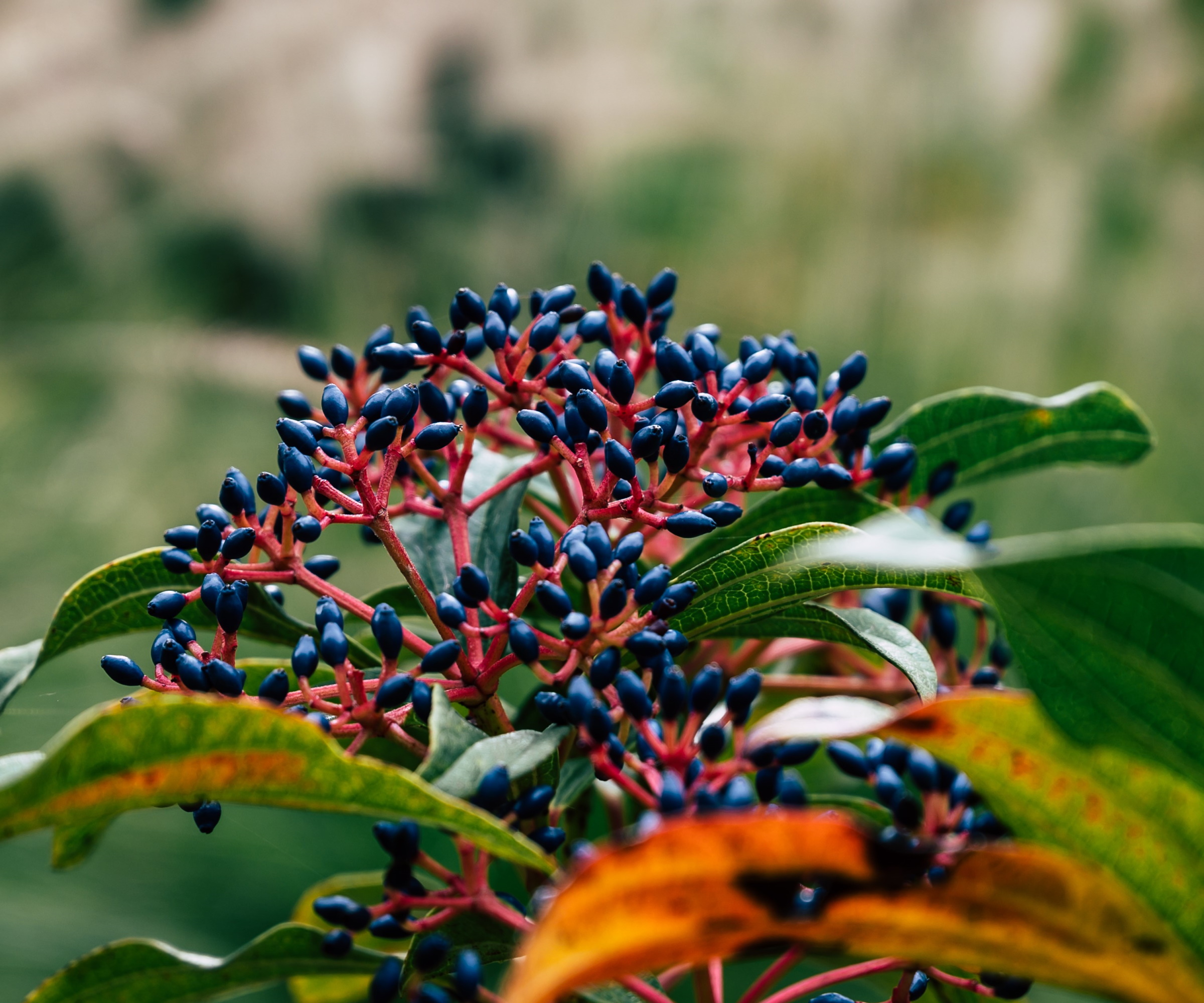
'The simplest and easiest bird feeder alternative for any gardener is to grow plenty of native plants,' says Maren Gimpel, bird expert and Associate Director Foreman's Branch Bird Observatory at Washington College, Maryland.
'Native plants provide a natural food source for birds. Whether it's the berries of viburnum for thrushes or seeds of coneflowers for finches, what you choose to plant can improve the lives of birds,' Maren adds. 'Consult your local master gardener or look online for the plant species best suited to your region and US hardiness zone, but selecting three or four native species will undoubtedly prove popular with local birds.
Design expertise in your inbox – from inspiring decorating ideas and beautiful celebrity homes to practical gardening advice and shopping round-ups.
'The bird flu outbreak is an evolving situation, and the severity varies regionally, so be sure to check with local sources for guidance in your area.' For updates, consult the US Department of Agriculture website.
As Maren says, native plants that produce berries and seeds are a surefire way to keep birds content. Having plenty of different species growing in different locations in your yard will mean birds are free to feed in isolation, rather than seeking sustenance from only one source. For fruits, try growing North American blueberry bushes. Native blueberry starter plants are available from Walmart.
For a native perennial, why not learn how to grow verbena? Blue vervain, or Verbena hastata, is a hit with birds, bees and butterflies, and is a versatile and long-flowering option that can be grown down to zone 5. Native blue vervain seeds are available from Amazon.

Reese L. Robbins is the founder of Just Pure Gardening, a site full of fruit and vegetable growing guides, garden ideas, and garden product reviews.
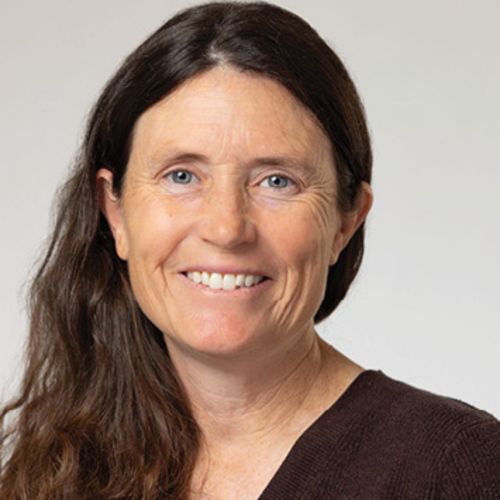
Maren is Associate Director at Washington College’s Foreman’s Branch Bird Observatory where she bands birds for both migratory and breeding studies. A bander since 2002 and a birder for over 25 years, Maren is a North American Banding Council certified bird bander and trainer, and secretary of the Eastern Bird Banding Association. Before coming to Washington College, she worked on avian research projects from migration banding Nova Scotia to breeding biology of hummingbirds on the island of Tobago.
2. Encourage insects and bugs

'While caution is understandable with regards to bird flu, halting wild bird feeding entirely can harm our feathered friends, especially when they’ve come to rely on us during lean times,' says Siobhan Shaw, sustainable gardening expert and founder of Growing to Give.
'One way you can help is to grow their buffet by boosting biodiversity in your yard,' Siobhan adds. 'Birds love insects and bugs, so learning how to make a bug hotel or leaving wild areas full of rotting material, logs and leaves is always a good idea. Here, beetles and worms will thrive, providing plenty of feeding opportunities for birds.
'You can even buy mealworms from local stores, scattering them around wood piles or under shrubs.' Mealworms are also great for dealing with common garden pests, such as aphids, mites and caterpillars. Live mealworms and beetles can be ordered online from Amazon.
'Birds are resourceful, but with a little effort, we can help them thrive all year round,' Siobhan says. 'By creating a wildlife-friendly garden, you’re not just feeding birds, you are building a healthier, more biodiverse ecosystem.'

Siobhan is the co-founder of Growing to Give, a dynamic global nonprofit dedicated to transforming community-focused food security and agriculture through sustainable farming and gardening practices. Siobhan is a passionate advocate for women's empowerment in agriculture, mentoring women who aspire to careers in the field. Siobhan also continues her decades of podcasting as the host and co-producer of the health and well-being podcast titled Real Talk.
3. Use smaller DIY feeders to prevent congregation
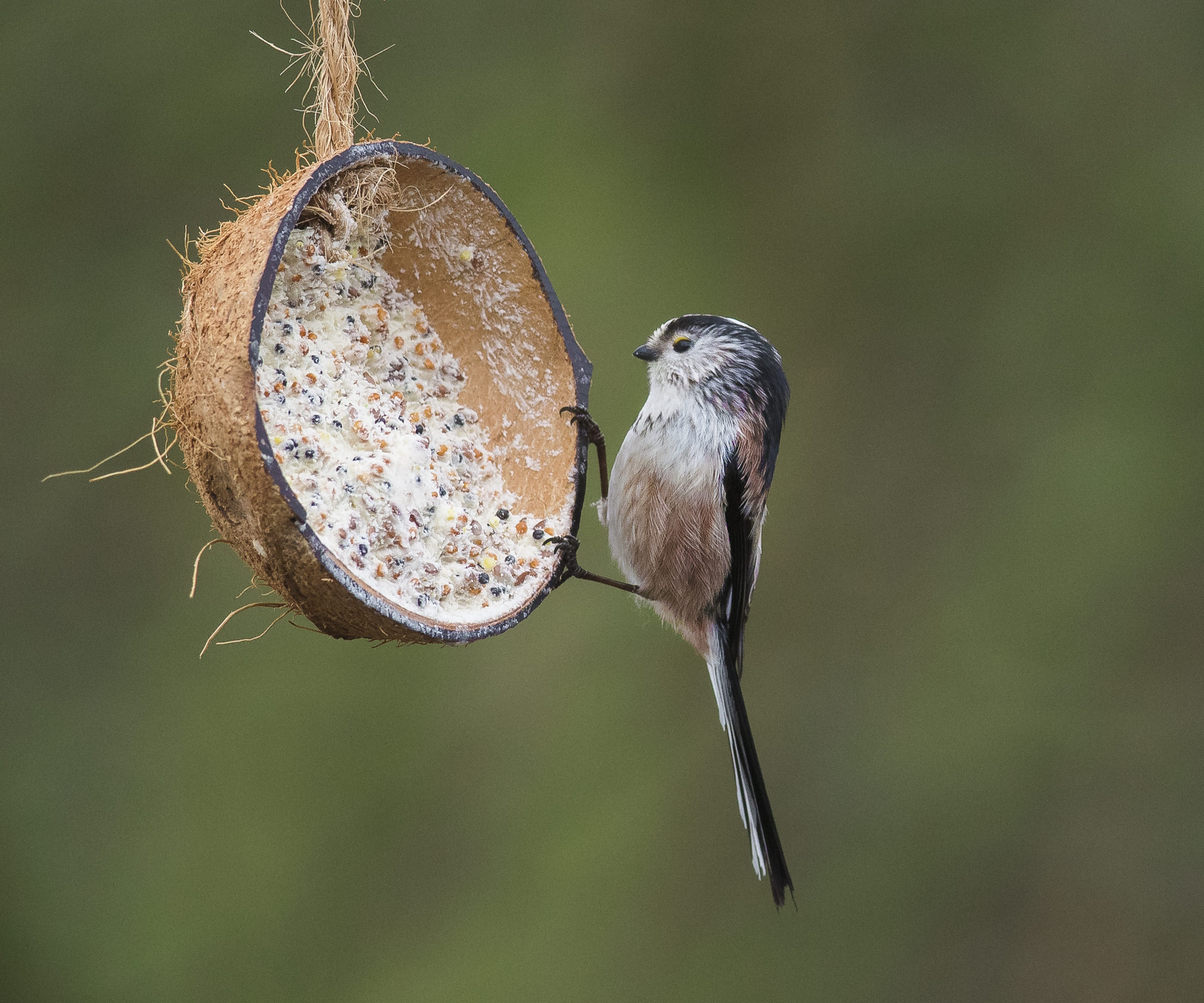
'Rather than use traditional flat or open feeding stations, it would be better for gardeners to hang fat balls or small suet feeders in trees,' says Kamil Smith, bird and wildlife expert and owner of OnTheFeeder.com.
'Doing so will prevent interaction between birds, as these smaller feeders or individual fall balls are small enough to only allow one bird to use them at a time.' Suet balls can be bought online at Amazon.
If you want to learn how to create natural bird feeders, why not try a DIY option using coconut shells? Drill a hole in the shell of a coconut before attaching a looped piece of string. Then, mix together lard, peanut butter and seeds, filling each shell. Place these small feeders far apart in your yard to prevent birds from gathering in one area.
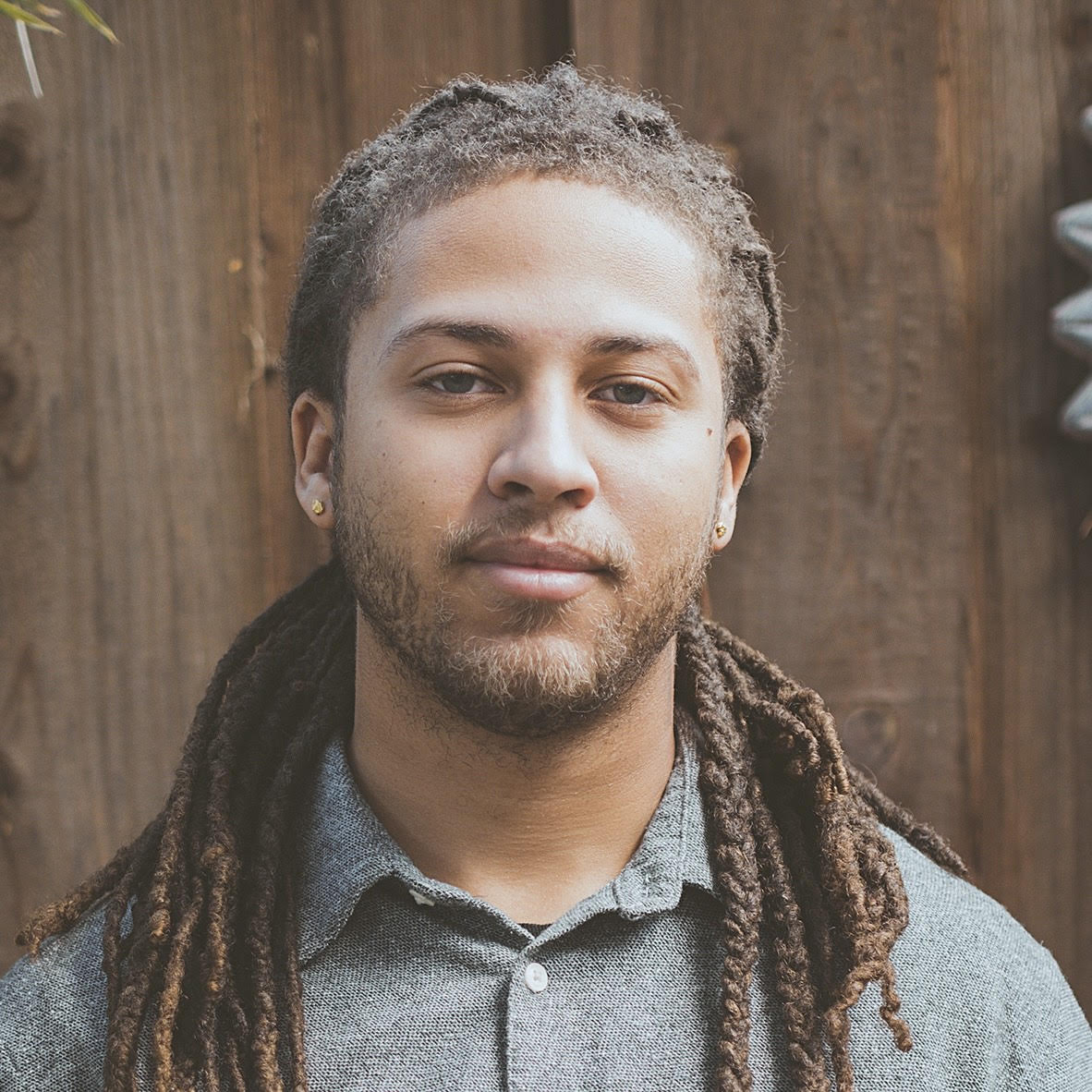
Kamil is a birding expert and owner of OnTheFeeder.com. His passion for backyard bird watching began in childhood, spending time with his grandmother. Today, Kamil shares the knowledge and responsible tips he has gathered over the years to help others connect with nature and enjoy the beauty of birds in their own yards.
FAQs
Should I scatter seed in my yard?
'I would avoid scattering seed in the yard,' says Kamil. 'While birds might enjoy this, it will encourage multiple birds to be in the same area. For this reason, during the bird flu outbreak, avoid scattering seeds and stick to one or more of these bird feeder alternatives, such as growing plenty of native plants with fruits and berries.'
Keeping a wild patch towards the back of your garden is always a good idea to boost wildlife and biodiversity in your area. Even a small area with overgrown weeds, a pond and log piles will prove to be a haven for insects and birds. For more information, you might find our guide to wild gardening useful.

Thomas is a Content Editor within the Gardens Team at Homes and Gardens. He has worked as a professional gardener for both public spaces and private estates, specializing in productive gardening, growing food and flowers. Trained in Horticulture at the Garden Museum, he has written on gardening and garden history for various publications, including The English Garden, Gardens Illustrated, Hortus, The London Gardener and Bloom. He has co-authored a Lonely Planet travel book, The Tree Atlas, due out in 2024.
You must confirm your public display name before commenting
Please logout and then login again, you will then be prompted to enter your display name.

